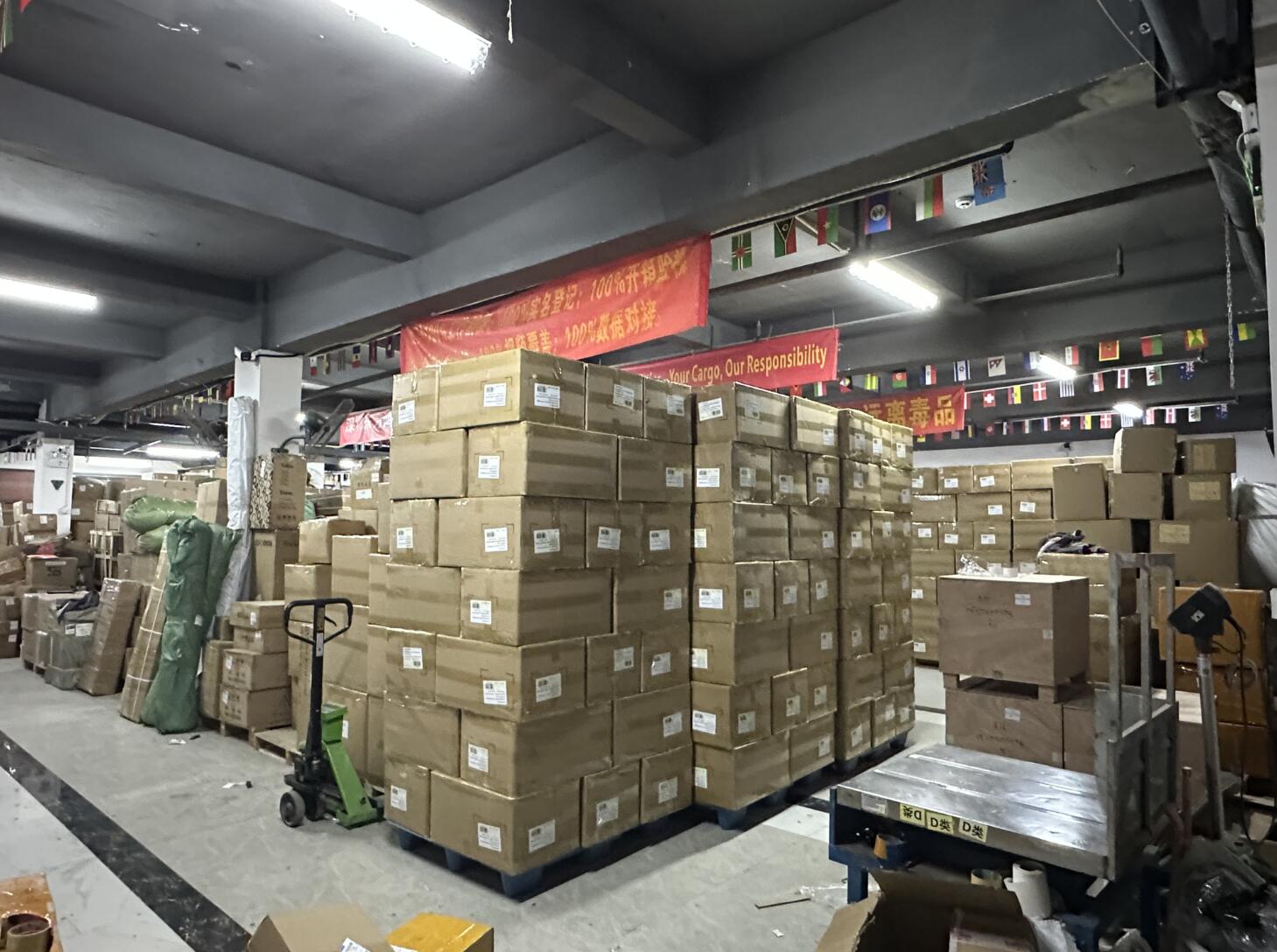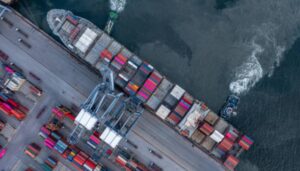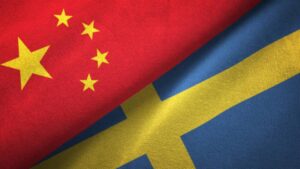If you’re buying on Alibaba and delivering to Latvia, you’ve probably felt this: the purchase is easy—the hard part is getting goods to Riga on time, at a fair cost, and through customs without surprises. Over the last 12+ years at DFH Logistics, I’ve helped thousands of importers fix exactly these problems.
My goal with this guide is simple: by the time you finish, you’ll know which shipping method fits your cargo, what it will roughly cost, how long it’ll take, and how to clear Latvian customs (including 21% VAT) with confidence.
Why buy from Alibaba and ship to Latvia?
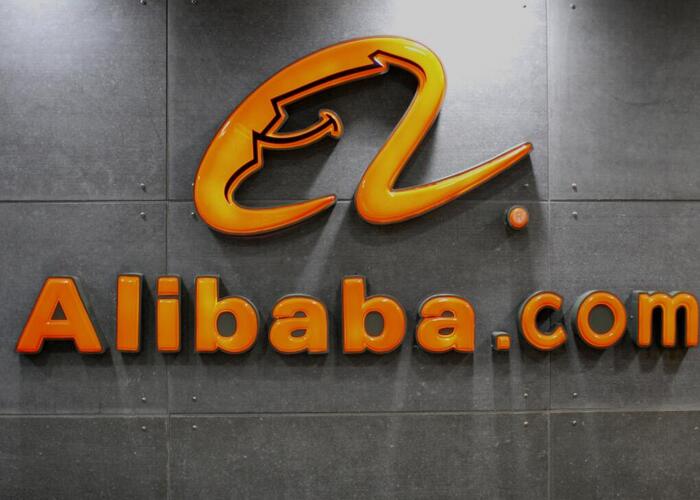
Let’s start with the “why.” When I speak with Latvian importers, the reasons are consistent:
- Lower landed unit cost than most EU sources, especially for electronics, home goods, furniture, and apparel.
- Wider selection & faster product iteration. You can test small batches, iterate, then scale.
- Scalability from samples → LCL → FCL as orders grow.
- EU single market access. Once cleared in Latvia, you can distribute freely within the EU.
If your business relies on cost control and product variety, Alibaba is compelling. The challenge is not the platform—it’s the logistics details that follow. If you prefer a done-for-you path, see our DDP overview in Part 3 or contact me here:
DFH Logistics — Get a tailored quote.
How does shipping from Alibaba to Latvia actually work?
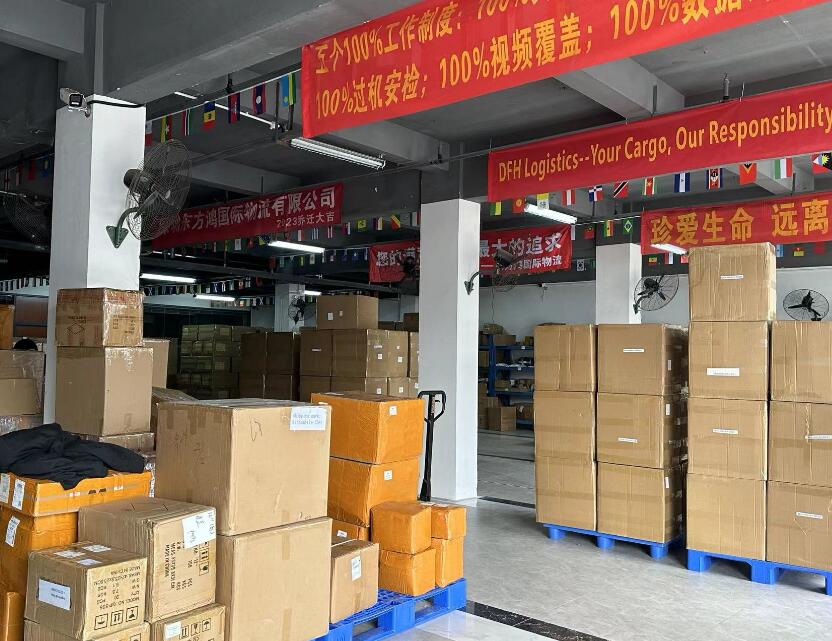
Here’s the reality behind smooth imports. Whether you send a 20 kg carton or a 20 ft container, the same five stages apply:
Supplier coordination in China. Pick-up from one or multiple suppliers, carton checks, labeling, repacking (if needed), and export docs.
- If you’re consolidating from multiple suppliers, I recommend free inbound coordination and photo confirmation before we ship.
- Need a refresher on choosing reliable partners? Read:
How to find the right freight forwarder in China.
Export customs in China. We file the export declaration and resolve any HS code or licensing issues before cargo departs.
Main carriage (the international leg). Choice of express, air, sea (LCL/FCL), rail, or truck—each with its own time/cost profile.
- Service overviews:
• Express freight
• Air freight
• Sea freight (LCL/FCL)
• Railway freight
• Truck freight
- Service overviews:
EU/Latvia import & customs. Your goods typically route via:
- Riga Airport (RIX) for air/express,
- Riga/Ventspils/Liepāja (or EU gateways such as Hamburg, Bremerhaven, Rotterdam, Gdańsk, Klaipėda) for sea, then trucked to Latvia,
- Overland via PL/LT borders for rail/truck.
We file the import declaration, handle duties and 21% VAT, and support any inspections.
Final delivery in Latvia. Door-to-door to your warehouse or Amazon FBA. If you sell across the EU, we can cross-dock and dispatch from Latvia.
If you want the simplest path (especially when you don’t want to expose your VAT/EORI or manage customs), consider DDP in next secion. It bundles freight, customs, duty, and VAT into a single landed cost.
Should you let your Alibaba supplier arrange shipping?
This is the first decision that sets the tone for everything else. I’ll be direct:
When supplier-arranged shipping can work
If you’re moving samples or tiny, non-urgent parcels, supplier-arranged courier can be fine: minimal coordination, quick dispatch. But costs escalate quickly with size/weight, and you’re still on your own for Latvian customs and 21% VAT.
The common pitfalls I see
- Higher total cost for anything beyond samples (limited carrier choice and non-optimized routing).
- Unclear ETAs and poor tracking/reporting.
- No documentation help (HS codes, valuation, CE/REACH/RoHS), which is where delays and fines happen most.
- Responsibility gaps if shipments are delayed or stopped by customs.
Why many importers switch to a freight forwarder
My clients move to us after one or two disappointing supplier-arranged attempts. The reason isn’t just price—it’s control: we align method to product, coordinate multi-supplier consolidation, ensure documentation is correct, and take responsibility for customs and final-mile.
If you’re undecided, this comparison helps:
What a freight forwarder actually does
Quick pre-shipment checklist (Latvia-focused)
Before we talk about methods (Part 2), this short checklist prevents 80% of headaches:
- Incoterms clarity with your supplier (EXW/FOB/CIF/DDP). If you’re not sure, ask me for a quick sanity check.
- Compliance for your product: CE/EMC, RoHS, REACH, batteries, cosmetics, toys, chargers—don’t ship before you know what’s required.
- Accurate HS codes and realistic declared values.
- Packaging fit-for-mode: edge protection, pallets, stackability; IP ratings for electronics; drop-test in reality, not theory.
- Data that drives cost:
- CBM for sea/rail/truck (L×W×H m³),
- Chargeable weight for air/express (max of actual kg vs. volumetric).
- Labeling: if going to FBA, follow Amazon prep; we can handle relabeling/repacks before export.
If you want a one-stop, no-surprises route, I’ll cover DDP in next section. For now, you’re ready to compare shipping channels in detail.
What are the shipping methods from Alibaba to Latvia?
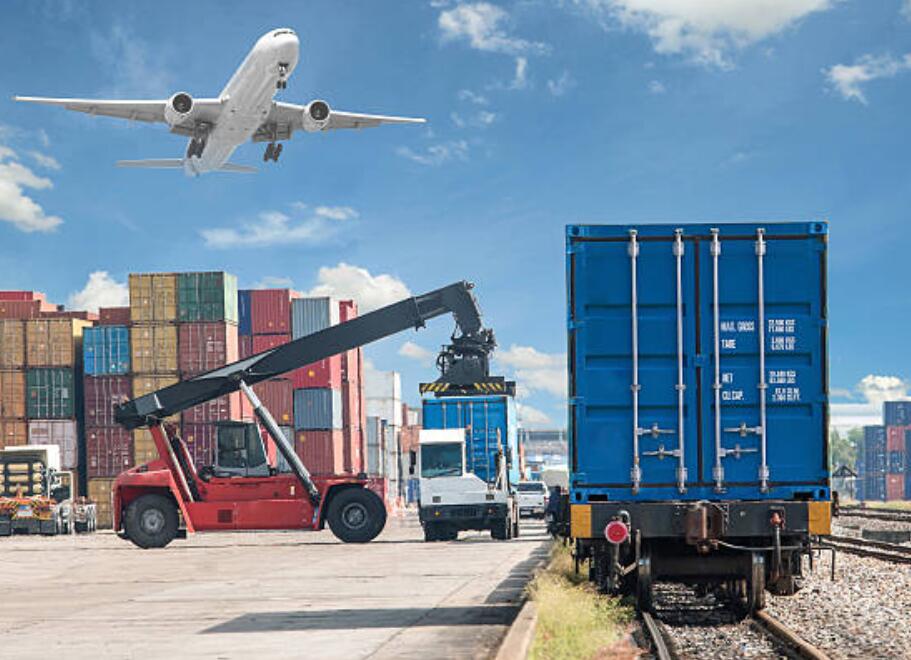
Choosing the right method is where most importers either save—or waste—the most money. Over the years, I’ve seen shipments succeed or fail based simply on this one decision. Let’s look at your options from China to Latvia.
1. Express Courier (DHL, FedEx, UPS)
If you’ve ever received a parcel from China in under a week, it probably came this way.
- Transit time: 3–7 days door-to-door
- Best for: Samples, urgent orders under 100 kg
- Advantages: Fastest option, global tracking, customs handled by the courier
- Limitations: Extremely expensive above 50–100 kg, volumetric weight applies
Tip: Couriers charge by volumetric weight: (L×W×H cm ÷ 5000). A bulky but light box can cost as much as heavy cargo.
More details: Express freight service explained.
2. Air Freight
Air freight is my go-to recommendation for medium-sized, time-sensitive shipments.
- Transit time: 5–8 days (China to Riga, door-to-door)
- Best for: 100–500 kg or when speed matters
- Advantages: Cheaper than express, faster than sea, flexible routing (direct to Riga or via EU hubs)
- Limitations: Requires customs clearance & local delivery (unless bundled into DDP)
Example: A 200 kg pallet of electronics from Shenzhen to Riga usually arrives in 6–7 days including clearance.
Read more: Air freight from China.
3. Sea Freight (LCL & FCL)
For bulky cargo, sea freight remains king on cost.
- Transit time: 40–50 days port-to-door
- LCL (Less than Container Load): 1–15 CBM; you share space with other buyers
- FCL (Full Container Load): 20ft or 40ft container; best for 20+ CBM
- Advantages: Lowest unit cost, scalable
- Limitations: Slowest method, port congestion risk
Calculation: LCL is billed by CBM (cubic meters). One CBM roughly equals a pallet 1m×1m×1m.
Guides you may find useful:
4. Railway Freight
Rail freight to Europe has grown rapidly, and Latvia benefits from proximity to key EU rail hubs.
- Transit time: 25–30 days (China rail hub → EU → truck to Latvia)
- Best for: Medium cargo needing a balance of cost & speed
- Advantages: Faster than sea, cheaper than air
- Limitations: Space is limited; certain hazardous cargo not allowed
Rail can be ideal for e-commerce goods that can’t wait 50 days but also don’t justify air freight prices.
Learn more: Railway freight from China.
5. Truck Freight
A flexible and surprisingly fast option for cross-EU distribution.
- Transit time: 18–25 days (China to Latvia by overland routes)
- Best for: Door-to-door shipments within Europe, mixed cargo, Amazon FBA
- Advantages: Avoids seaports, flexible pickup/delivery, stable transit times
- Limitations: Not as cost-effective as sea for large full-container loads
More info: Truck freight from China.
6. DDP Shipping (Delivered Duty Paid)
This is the “all-in” service that many Latvian importers prefer.
- Transit time: 7–15 days by air, 40–50 days by sea
- Includes: Pickup in China, export clearance, freight, Latvian customs clearance, duties + 21% VAT, and final delivery
- Best for: Importers without VAT/EORI, first-time shippers, or anyone wanting a predictable landed cost
💡 Why DDP works: You avoid customs complexity, cash-flow surprises, and paperwork stress.
Full breakdown: DDP explained in detail.
Shipping Method Comparison Table
| Method | Transit Time | Cost Level | Best For |
|---|---|---|---|
| Express Courier | 3–7 days | $$$$ | Urgent samples or parcels <100 kg |
| Air Freight | 5–8 days | $$$ | 100–500 kg shipments needing speed |
| Sea Freight LCL | 40–50 days | $ | 1–15 CBM shared container cargo |
| Sea Freight FCL | 40–50 days | $ | Full containers >20 CBM |
| Railway Freight | 25–30 days | $$ | Medium cargo balancing cost & time |
| Truck Freight | 18–25 days | $$ | Flexible EU-wide delivery |
| DDP Shipping | 7–50 days | $$–$$$ | Stress-free, importers without VAT/EORI |
How costs are calculated (Latvia-specific)
One mistake I see often: importers compare methods only on quotes, without understanding the billing logic. Here’s what really matters:
- Express/Air Freight: Billed on chargeable weight (max of actual kg vs volumetric weight). Formula: (L×W×H cm ÷ 5000).
- Sea Freight (LCL): Billed per CBM. Minimum 1 CBM applies, even for smaller cartons.
- Sea Freight (FCL): Fixed rate per 20ft/40ft container, up to weight/volume limits.
- Rail/Truck: Hybrid—charged per CBM or per kg, depending on route and cargo.
- DDP: Flat all-inclusive quote covering freight, customs, duty, and VAT. Billed on chargeable weight (max of actual kg vs volumetric weight). Formula: (L×W×H cm ÷ 6000).
You Can Read More: How to Calculate the Chargeable Weight
Practical packaging tips before shipping
- Use export-grade cartons or wooden crates for fragile cargo.
- Stackable pallets save money (improves CBM efficiency).
- For Amazon FBA → follow FBA prep; we can re-label/re-pack in our Shenzhen warehouse.
- Always photograph cargo at warehouse before export to confirm packing & labeling.
If you feel this is difficult, can let your China Freight Freight forwarder to talk with your suppliers before the packing. then everything will be fine. You can also find a experienced freight forwarder like DFH Logistics help you do everything from Pick up end to final mile delivery.
What is DDP shipping from Alibaba to Latvia?

For many Latvian importers I work with, DDP (Delivered Duty Paid) is the service that makes importing feel simple.
Instead of worrying about customs, duties, or 21% VAT, you let me take care of it all. I act as the importer of record, prepare the documents, clear customs, pay VAT, and deliver goods directly to your address.
How DDP works
- Pickup from your supplier in China
- Export customs clearance in China
- International transport (air, sea, rail, or truck)
- Import clearance in Latvia—duties & VAT covered
- Final delivery to your warehouse or Amazon FBA
Why many importers prefer DDP
- No VAT/EORI needed – we use our license and act on your behalf
- Predictable landed cost – one fixed all-inclusive quote
- No hidden paperwork – no forms to fill or customs calls
- Stress-free – door-to-door delivery, taxes included
If you’re new to importing or simply value simplicity, DDP is the most reliable choice.
How much does it cost to ship from Alibaba to Latvia?
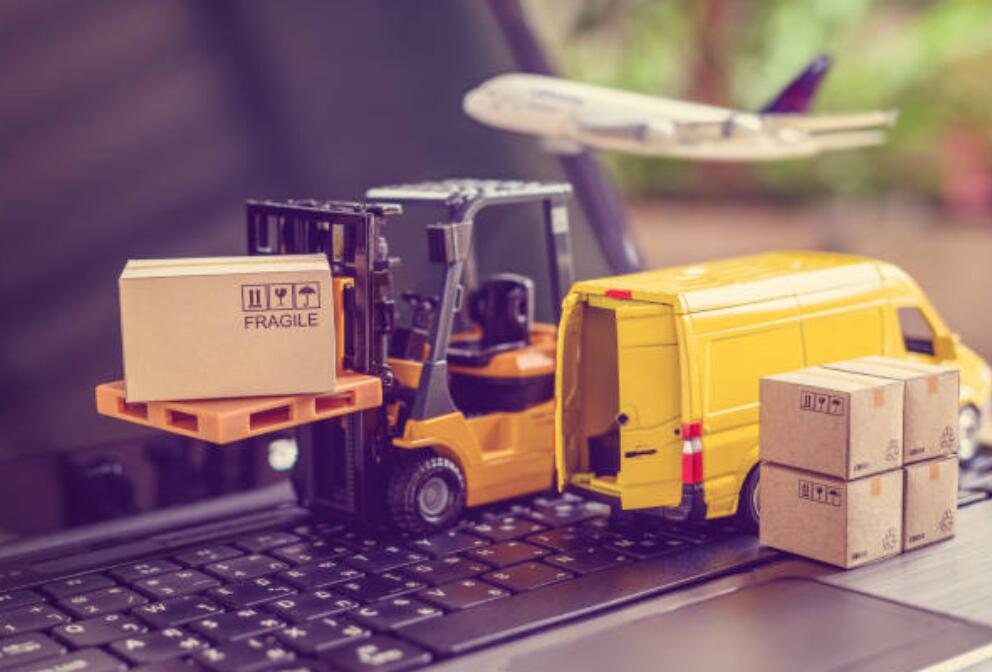
Shipping costs depend on method, weight/volume, and delivery location. Here are the typical ranges I see on recent shipments:
| Method | Transit Time | Cost Range (USD) | Best For |
|---|---|---|---|
| Express Courier | 3–7 days | $6–$10 per kg | Urgent small parcels (<100 kg) |
| Air Freight | 5–8 days | $4–$8 per kg (100–500kg) | Medium urgent shipments |
| Sea Freight LCL | 40–50 days | $1.8–$4.5 per kg | 1–15 CBM shared containers |
| Sea Freight FCL | 40–50 days | $1,200–$2,600 per 20ft | Large full-container orders |
| Railway Freight | 25–30 days | $2–$4 per kg | Medium shipments balancing cost/speed |
| Truck Freight | 18–25 days | $2.5–$4.5 per kg | Flexible EU-wide delivery |
| DDP Shipping | 7–50 days | Fixed all-inclusive | Importers without VAT/EORI, FBA sellers |
How is Latvia customs clearance handled?
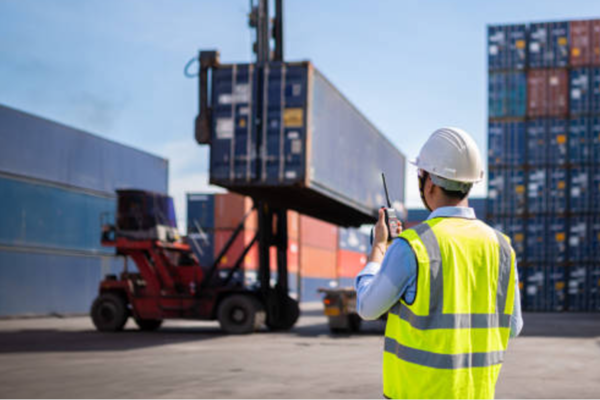
Customs clearance is where many shipments get stuck. Here’s the process step by step:
- Document check – invoice, packing list, HS codes, CE/REACH if required
- Arrival – Riga Airport (air/express), Baltic ports or EU gateways for sea, EU land borders for rail/truck
- Import declaration – filed with Latvian customs
- Duty & VAT assessment – duties + 21% VAT applied
- Inspection (if required) – physical check or certification request
- Cargo release – ready for delivery
Common problems importers face
- Incorrect HS codes → overpaid duty
- Under-declared value → fines or seizure
- Missing CE/REACH certificates → delays
👉 With DDP, I take responsibility for clearance and VAT. You get a smooth handover instead of phone calls from customs.
How long does it take to ship from Alibaba to Latvia?
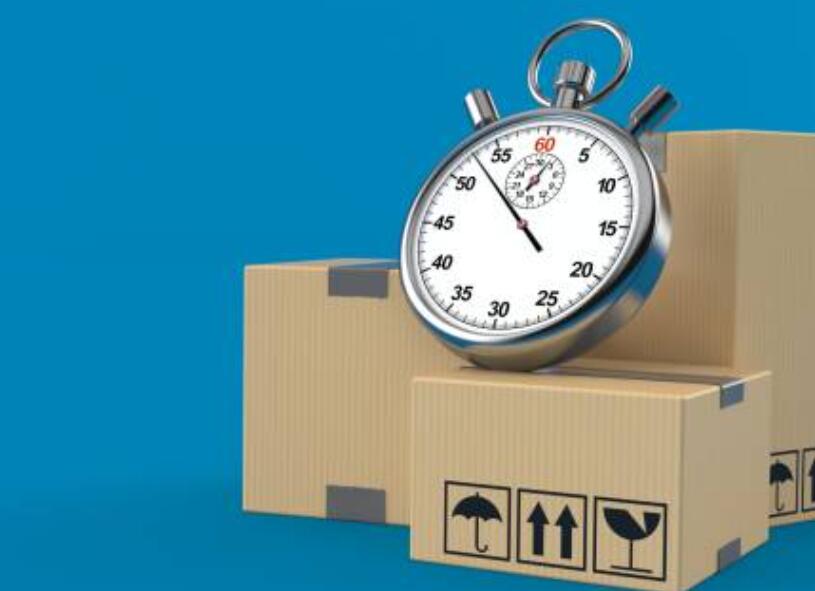
Average transit times based on channel:
- Express Courier: 3–7 days
- Air Freight: 5–8 days
- Sea Freight (LCL/FCL): 40–50 days
- Railway Freight: 25–30 days
- Truck Freight: 18–25 days
- DDP Air: 7–15 days
- DDP Sea: 40–50 days
Factors affecting delivery:
- Peak seasons (CNY, Christmas) add 1–2 weeks
- Customs delays if documents are incomplete
- Final delivery—Riga is faster; rural regions can take extra days
Step-by-step process: shipping from Alibaba to Latvia
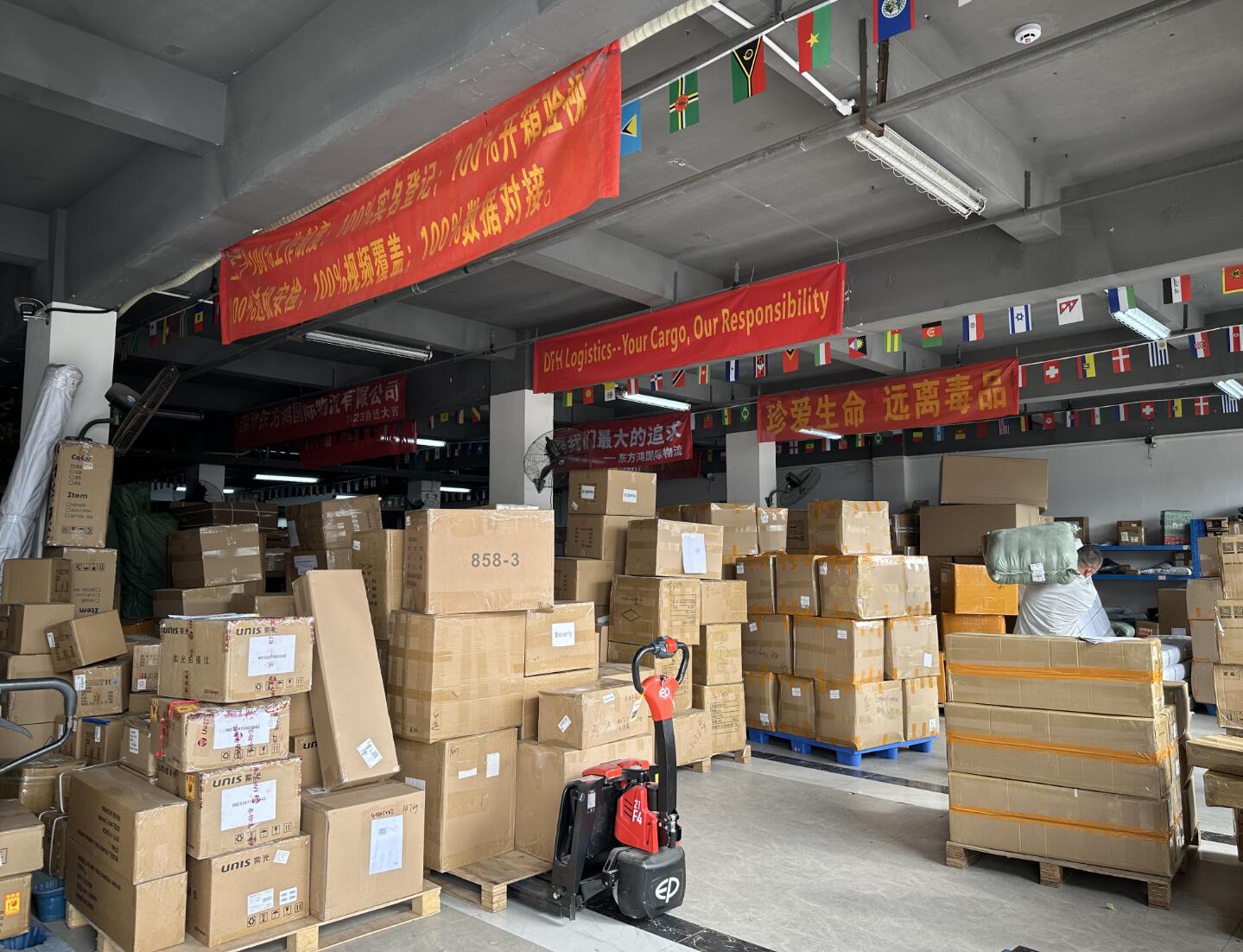
Here’s how I usually manage a client’s shipment:
- Confirm order details & Incoterms (EXW, FOB, CIF, or DDP)
- Choose the right channel (express, air, sea, rail, truck)
- Pickup & consolidation from supplier(s) in China
- Export customs clearance handled in Shenzhen/Shanghai
- Main transport (carrier booked at optimal rate/timing)
- Import clearance in Latvia (duties + 21% VAT managed by us)
- Final delivery to your warehouse, store, or Amazon FBA
Why choose DFH Logistics for Alibaba to Latvia shipping?
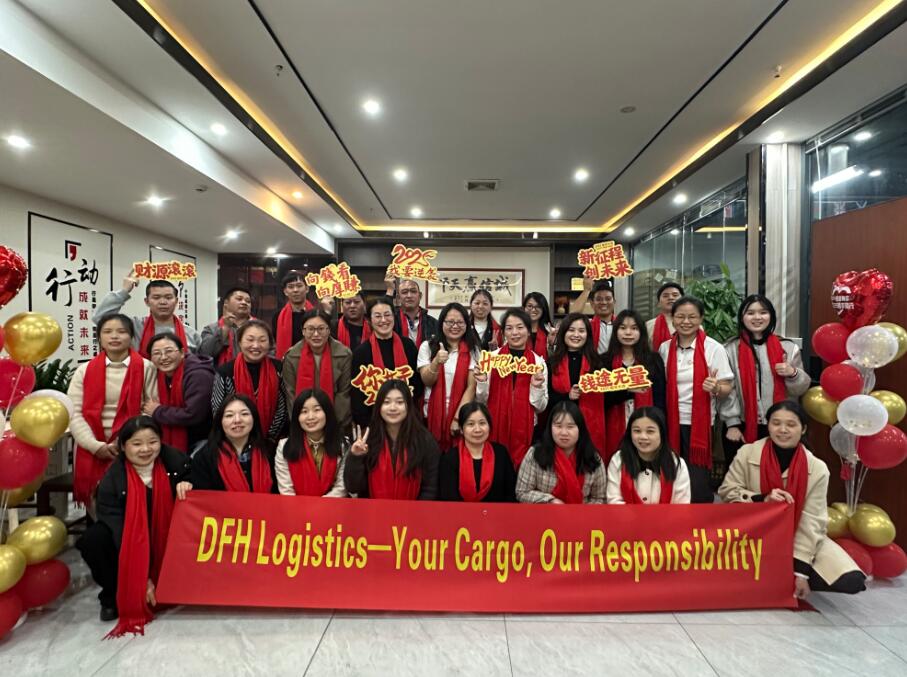
After 12+ years in freight forwarding, I know the problems Latvian businesses face: hidden costs, poor communication, customs delays. That’s why we built DFH differently.
What you get with us:
- End-to-end service: factory pickup to Riga delivery
- DDP expertise: duties + VAT handled for you
- Multiple channels: express, air, sea, rail, truck
- Transparent pricing: no hidden extras
- Free consolidation & 30 days warehousing in Shenzhen
- Compliance support for CE, RoHS, REACH products
- Amazon FBA prep: relabeling, packaging, direct FBA delivery
Many importers came to me after failed shipments with other forwarders. With us, they finally experienced logistics as it should be—reliable, predictable, and stress-free.
Conclusion
Importing from Alibaba to Latvia can be profitable—but only if you choose the right method, understand customs, and manage 21% VAT correctly.
If you want your shipments to move smoothly without surprises, I’d be glad to help.
Ready to ship from Alibaba to Latvia?
Contact DFH Logistics for a tailored quote today. Let me handle the shipping while you focus on growing your business.
Related Articles you May intersting:

